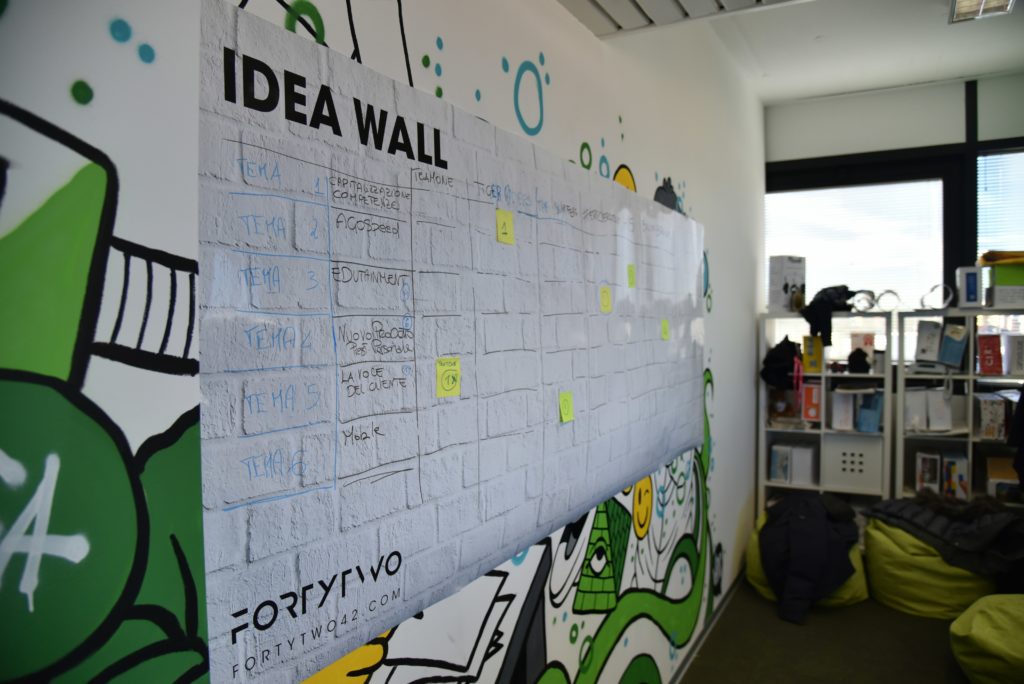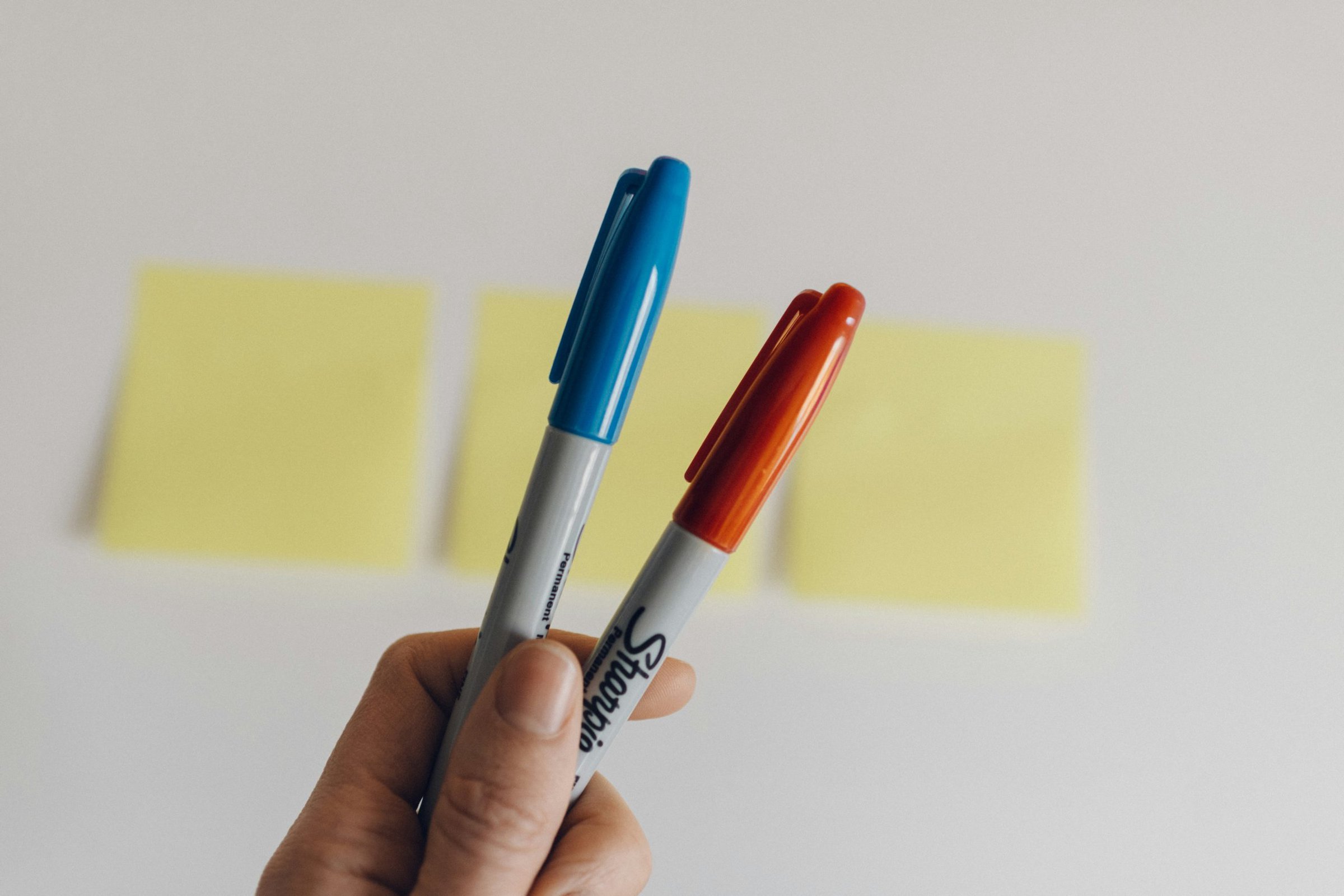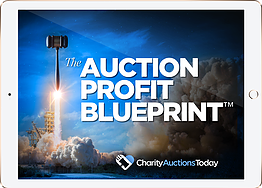DOWNLOAD The Auction Profit Blueprint
The 4 tools BIG organizations use every time to skyrocket auction profits!
The Step-By-Step Guide to stop leaving thousands on the table.
Learn how to use a big board at your next auction with tips from CharityAuctionsToday. Bid boards, or leaderboards, can boost competitive fun and bids.

Organizing an auction can be a thrilling way to raise funds and engage your community. Whether you’re hosting a charity event, school fundraiser, or a local auction, the goal is to create an exciting and efficient experience for both attendees and organizers. One way to enhance the auction experience is by incorporating a big board, also known as a bid board or auction leaderboard. This tool not only adds a visual element to the event but also encourages friendly competition among bidders.
In this article, we’ll explore how you can effectively use a big board at your next auction, offering tips and strategies to maximize its potential. From setup to execution, we’ll cover everything you need to know to make your auction a success.
Before diving into the specifics, let’s clarify what a big board is and why it’s valuable for your auction. A big board is a large display that lists items up for bid along with the current highest bid amounts. It’s usually placed in a prominent location so all attendees can easily see it. This visual tool serves several purposes:
The location of your big board is crucial. It should be in a place where all attendees can easily see it, such as near the entrance or in the center of the room. This visibility ensures that everyone can stay informed about the bidding status.
Design your big board to be clear and easy to read. Use large fonts and contrasting colors to ensure that all information is visible from a distance. Divide the board into sections for each auction item and include the following details:
You can use a physical board, like a whiteboard or chalkboard, or opt for a digital display using a projector or monitor.
For a modern twist, consider integrating technology into your big board setup. Digital boards can offer real-time updates and interactive features. Using auction software or apps, you can connect mobile devices to the board, allowing bidders to place bids directly from their smartphones. This approach not only enhances the user experience but also streamlines the bidding process.

by Kelly Sikkema, Unsplash
To maintain excitement and engagement, periodically update the big board with the latest bids. This can be done manually if using a physical board or automatically if using a digital setup. Announce updates to keep the energy high and encourage more bidding.
Clearly communicate bid increments to participants. This ensures that everyone understands the minimum amount required to outbid the current highest bid. Consistent increments help maintain fairness and order in the bidding process.
Encourage friendly competition by highlighting popular items on the big board. You might even consider spotlighting “hot items” with special markers or graphics to draw attention and motivate bidders to compete.
As the auction comes to a close, use the big board to announce the winning bids for each item. This moment is crucial for maintaining transparency and excitement. Ensure that all final bids are clearly displayed and double-check for any discrepancies before making the announcements.
Once the winners are announced, facilitate a smooth payment process. If using digital technology, winners might receive a notification with payment instructions. For physical boards, direct winners to a designated payment area where they can finalize their purchases.
Before the auction begins, test your big board setup to ensure everything is functioning correctly. Check the visibility, readability, and any technical components if using digital displays.
Make sure your auction team understands how to operate the big board and handle updates efficiently. Assign specific roles, such as someone responsible for updating bids and another for managing the flow of information.
Promote early bidding by offering incentives, such as early bird prizes or discounts. This strategy can help kickstart the bidding process and generate interest in the items available.
After the event, gather feedback from attendees about their experience with the big board. Use this information to make improvements for future auctions and enhance the overall experience.
Incorporating a big board into your auction can transform the event into an engaging and competitive experience. By following these tips and strategies, you’ll be well-prepared to set up and manage a successful auction that captivates your audience and maximizes fundraising potential. Whether you choose a physical or digital approach, the key is to ensure clarity, organization, and excitement throughout the event. Happy bidding!
DOWNLOAD The Auction Profit Blueprint
The 4 tools BIG organizations use every time to skyrocket auction profits!
The Step-By-Step Guide to stop leaving thousands on the table.

